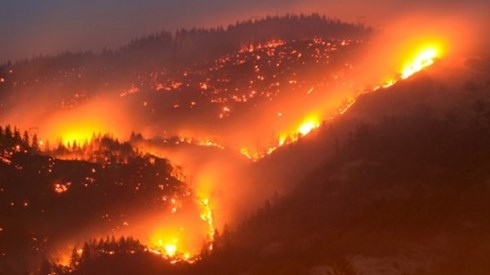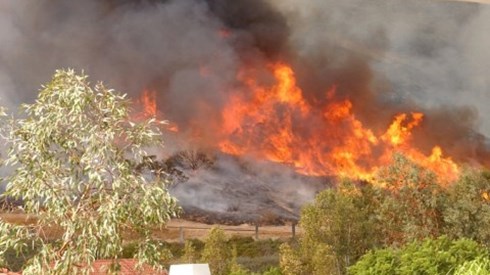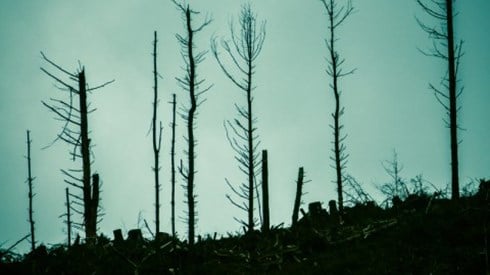Insurers Continue To Reexamine Wildfire Peril

November 01, 2019

With the proliferation of wildfire losses in California, insurers will continue to reexamine this peril and likely make adjustments to risk appetites, capital management strategies, and reinsurance partnerships. Furthermore, enterprise risk management practices and risk-scoring models used by catastrophe modeling firms will also likely need to become more sophisticated as record-breaking wildfire seasons continue to plague the state, according to A.M. Best.
The new Best's Commentary, "2019 California Wildfires—Yet Another Sign of a 'New Normal,'" advised that the growth of housing in the wildland-urban interface has exacerbated issues for home owners, insurers, and their reinsurers, especially in areas that have historically been viewed as having relatively low wildfire risk. Additionally, current modeling techniques are less cultivated than those used for hurricanes and earthquakes and likely need to be updated.
The commentary noted that although wildfire losses cannot be completely avoided, insurers have been proactive in harnessing loss-reduction strategies, particularly following the last 2 years of catastrophic wildfire seasons. These actions include the following.
- Stricter underwriting practices with respect to new business with identified wildfire exposure
- Reducing concentrations of risk in wildfire-prone areas
- Leveraging internal and external resources to better understand the risk as well as reinsurance solutions, where available
With admitted insurers becoming more reluctant to offer insurance, more excess and surplus insurers with freedom of rate and form have entered the market. The residual market, the California FAIR plan, also may have to step in.
A.M. Best noted that much of the market share in California is held by the larger national companies with significant capital to manage this peril and effective risk management strategies, including robust reinsurance programs. As was the case in recent years, A.M. Best expects to see an uptick in reinsurance pricing in loss-affected areas, which would result in higher reinsurance costs for the primary insurers as well as a tightening of terms and conditions.
The "new normal" trend continues to challenge insurers, regulators, and government agencies as the separation between wildland and urban areas diminishes, often compounding the severity of these fires. As insurers look at the last 3 years, the sheer number of events and their severity undoubtedly will lead them to continue their reexamination of this peril, said A.M. Best.
Copyright © 2019 A.M. Best Company, Inc. and/or its affiliates ALL RIGHTS RESERVED
November 01, 2019


